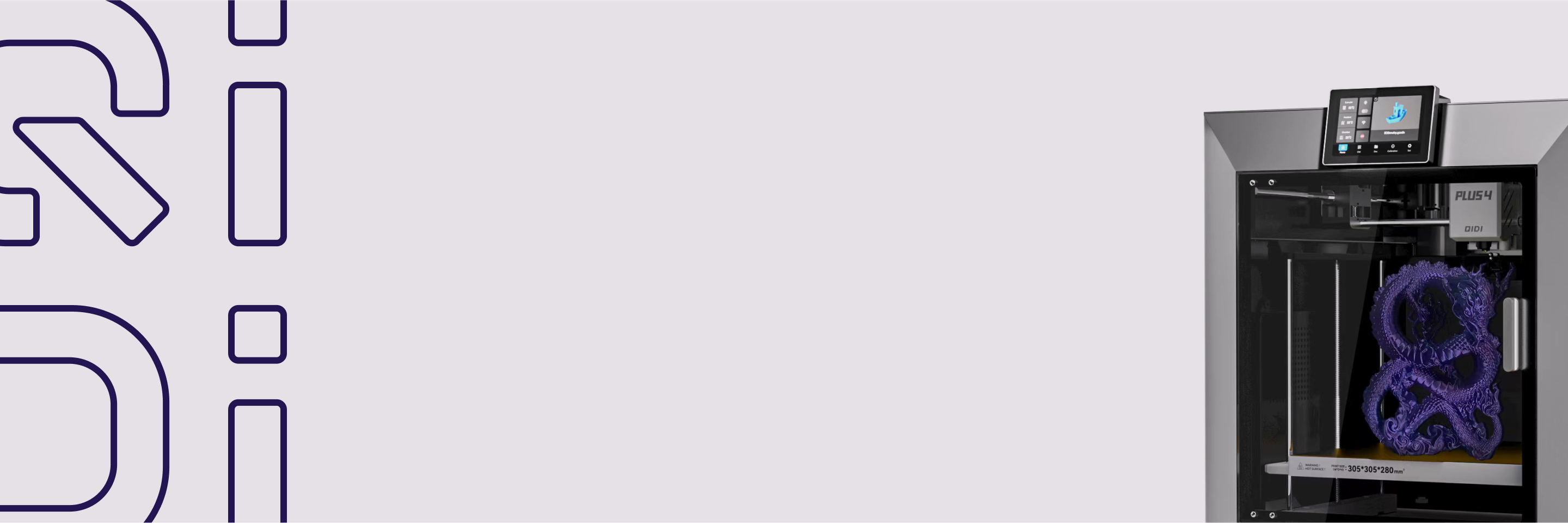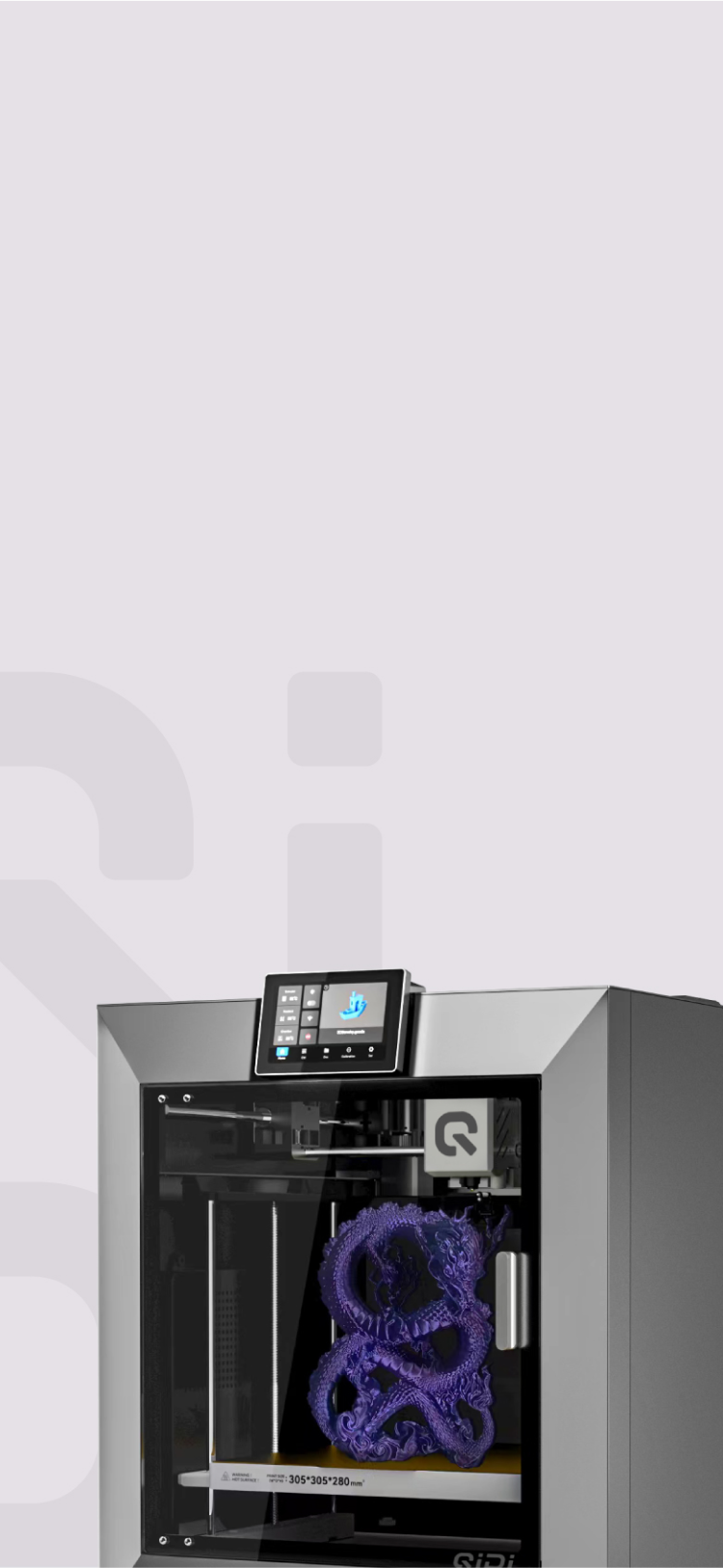How Long Can a 3D Printer Run Continuously?


Every serious user hits this moment: the slicer shows a twenty-hour job, and you have to decide if you trust your 3D printer through the night or even through the weekend. You want long, uninterrupted prints, but you also care about safety, hardware life, and consistent quality. To make a smart call, it helps to understand what really controls continuous 3D printing time.
What Determines How Long an FDM 3D Printer Can Run
There is no single number that fits every machine. The safe continuous runtime for FDM 3D printers depends on how the hardware, temperatures, maintenance, and room setup work together.

Hardware Quality and Design
The first factor is the hardware itself. A 3D printer built with a rigid frame, reliable power supply, quality stepper drivers, and decent fans will handle long sessions much better than a shaky budget build. Industrial 3D printer platforms and higher-end systems are usually designed for production environments, so their electronics, motion components, and cooling have larger safety margins. Entry-level machines can still run long prints, although they tolerate less abuse and neglect.
Printing Temperatures and Materials
Temperature shapes how hard the machine has to work. A long job at moderate PLA or PETG temperatures is easier on heaters, wiring, and plastic parts than a multi-day run close to the limits of the hot end and heated bed. Materials that need a warm chamber, like ABS, also raise the ambient temperature around the mechanics and electronics. If the printer has poor airflow or the control board sits inside a hot enclosure, extended operation becomes risky much sooner.
Maintenance Habits
Maintenance quietly decides how far continuous 3D printing can go. Dusty fans, dry rails, loose belts, and a half-clogged nozzle may survive a small two-hour part. Stretch the job to twenty hours, and the same issues often turn into layer shifts, missed steps, or a heater fault. Users who run longer jobs reliably tend to follow a simple routine: clean debris, check belt tension, look over wiring near the hot areas, and confirm that extrusion is smooth before committing to a long run.
Room and Safety Conditions
The last factor is the space around the printer. A clear, ventilated, low-clutter area gives heat and fumes somewhere to go and keeps fuel away from hot components. A crowded corner full of cardboard, fabric, and cables leaves no margin if a connector fails or a part overheats. A smoke detector above the machine, a suitable fire extinguisher nearby, and easy physical access to the printer all matter more as daily runtime increases.
How Long Different 3D Printers Can Run, From Home to Industrial
Print time varies a lot by model, layer height, infill, and geometry. Many everyday parts fall in the range of one to twelve hours. Larger models or fine detail work can push individual jobs into the twenty-to-thirty-hour range. In production environments, some machines run essentially all day, with brief stops between jobs.
Community experience and manufacturer positioning together point to a rough pattern:
| Printer Type | Typical Single Job Length | Common Continuous Use Pattern |
| Small desktop FDM machine | 1–12 hours | Frequent overnight jobs, occasional day long-prints |
| Larger enclosed FDM system | 8–36 hours | Regular long jobs with checks during the day |
| Desktop resin printer | 2–8 hours for similar sized parts | Limited by fumes, handling, and ventilation |
| Industrial 3D printer | Hours to days | Built for continuous production in managed facilities |
Manufacturers of industrial systems often promote 24/7 production when the printer is installed correctly, maintained on schedule, and operated in a controlled space. In contrast, many lab and safety policies for general FDM 3D printers advise against leaving them unattended in a regular room through the night. For home users and small studios, that usually leads to a practical rule of thumb: day-long or overnight is fine with good habits and monitoring, multi-day jobs are better treated with extra caution and planning.
Warning Signs Your 3D Printer Has Been Running Too Long
A print can still be moving while the machine quietly asks for a break. Watching for warning signs helps you pause in time.
- New or louder noises: Rattling, grinding, or fans that suddenly sound harsher often mean worn bearings, debris on rails, or misaligned parts. Those problems rarely improve during a long job.
- Harsh or burnt smells: A mild plastic smell is common without strong ventilation. A sharp, acrid, or burnt odor from the electronics or power supply area is a serious warning and should trigger an immediate inspection.
- Sudden drops in print quality: Random layer shifts, under-extrusion that appears halfway up a tall part, or ripples that were not present in the lower layers suggest motors are skipping, belts have changed tension, or the nozzle is partly blocked.
- Unstable temperatures or glitches: Heater graphs that swing up and down, random firmware resets, frozen screens, or repeated connection drops point to power or control issues. If this happens during a long job, forcing it to finish is a bad bet.
If you see several of these signs together, treat them as a clear message to stop, let the machine cool, and fix the underlying issue before attempting another long session.
Tips to Extend Safe Continuous 3D Printing Time
If you want long prints to finish reliably, stability matters more than chasing the shortest time. A few focused habits make continuous 3D printing much safer.
Maintain the Printer Before Long Jobs
- Brush or vacuum loose filament dust from the frame, fans, and electronics cover.
- Check belt tension with light finger pressure and adjust if it feels too loose or too tight.
- Wipe rails and lead screws, then add a thin layer of the correct lubricant.
- Inspect wiring around the hot end and heated bed for discoloration, brittle insulation, or loose connectors.
Manage Heat and Airflow Around the Machine
- Place the printer on a solid, non-flammable surface.
- Keep paper, fabrics, cardboard, and solvents away from the hot end and heated bed.
- Use an enclosure that keeps the print area stable but still lets electronics breathe.
- Give the room basic ventilation with a window, fan, or simple extraction setup.
Plan Stable Print Settings
- Use moderate print speeds and reasonable accelerations for tall or dense parts.
- Avoid temperature settings that push the hot end or heated bed close to their limits.
- Adjust layer height, infill, and support pattern to balance strength and time, instead of relying only on speed.
- Consider adding a short test print with the same settings before committing to a twenty-hour job.
Use Suitable Materials and Extra Safeguards
- Prefer stable, well-dried filament at sensible temperatures for very long prints.
- Reserve high-temperature or abrasive materials for shorter, supervised runs unless the printer is built for that duty.
- Install a smoke detector in the same room as the printer.
- Keep a suitable fire extinguisher within easy reach.
- If possible, add a webcam and smart power control so you can watch the printer from another room and cut power quickly if needed.
When You Should Pause or Split a Long 3D Print Job
Sometimes the safest approach is to avoid a single extremely long print. If your slicer estimates a part will take thirty hours or more, first ask if it truly needs to be one piece, or if you can split it along natural seams and join sections later. Very long, high-temperature jobs, printers in homes or classrooms that no one can supervise for days, or recent runs that already showed warning signs, are all hints that smaller, separate prints will be safer and easier to manage. When splitting is not realistic, you can still plan a pause at a clean layer change, move the nozzle away, let the machine cool a bit, quickly check the part and wiring, then resume so the job finishes with less stress on both the printer and the room around it.
Building a 3D Printing Setup for Long-Hour Reliability

Continuous operation is not defined by a single runtime number. It comes from a capable printer, sensible settings, a tidy and ventilated workspace, and a few safety habits you follow every time. For home users, treating overnight jobs as a reasonable upper limit and checking the machine between runs keeps risk low. For small workshops that print almost every day, investing in stronger hardware and clearer procedures turns extended runs into a normal part of production instead of a gamble.
Once those pieces are in place, the question “How long can it run continuously?” feels less like a worry and more like planning. You understand what your setup can handle, you recognize warning signs early, and you know when it pays to split a big idea into smaller, more manageable prints.
5 FAQs about Continuous 3D Printing
Q1. Does running a 3D printer for very long jobs shorten its lifespan?
Continuous printing increases wear on fans, belts, bearings, and hot end components, so consumable parts will need replacement sooner. The frame and motors usually cope well if you respect temperature limits, keep the machine clean, and handle maintenance on a schedule.
Q2. Is it safe to sleep in the same room while a long print is running?
Sharing a bedroom with an active printer is not ideal. Heat, fumes, and a small but real fire risk all work against restful sleep. A separate, ventilated room with a smoke detector and easy access to the printer is a safer arrangement.
Q3. How should I plan maintenance if I print long jobs every week?
Heavy users can treat maintenance like mileage on a car. Light checks before each long print, a deeper clean every few weeks, and periodic replacement of nozzles, PTFE parts, and fans based on hours used keep reliability high without constant tinkering.
Q4. Does a UPS or surge protector help with continuous 3D printing?
A good surge protector protects electronics from voltage spikes, and a small UPS can ride through brief outages so long prints do not fail instantly. The UPS should handle the printer’s power draw comfortably, and you still need safe shutdown procedures for longer outages.
Q5. Which safety features in firmware and electronics matter for long prints?
Thermal runaway protection, watchdog timers on heaters, reliable temperature sensors, and solid power wiring are key. Features like filament runout detection and crash detection protect the print itself. These tools support safer continuous printing, but they never replace basic supervision and a safe room setup.


 Q2
Q2





